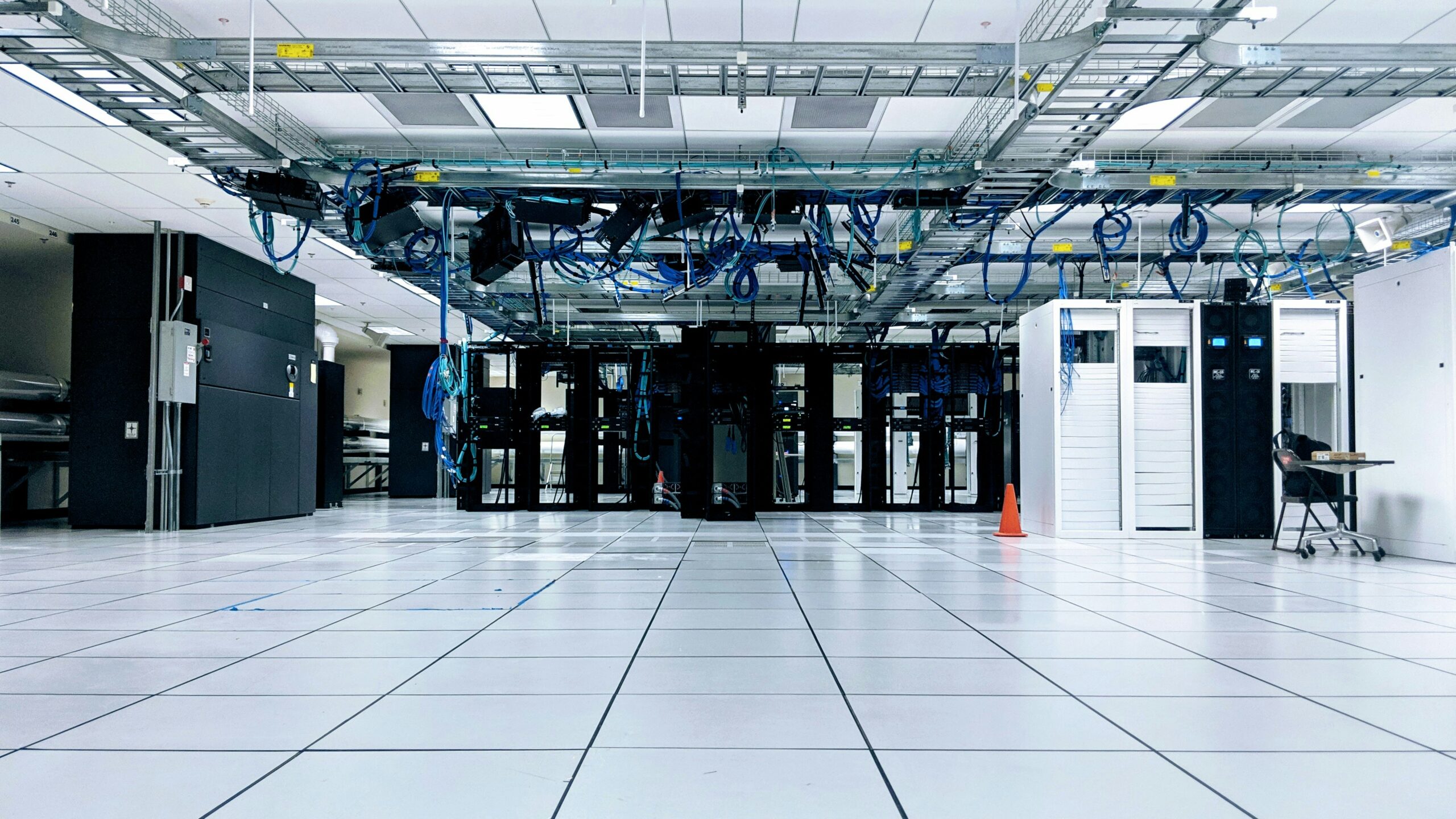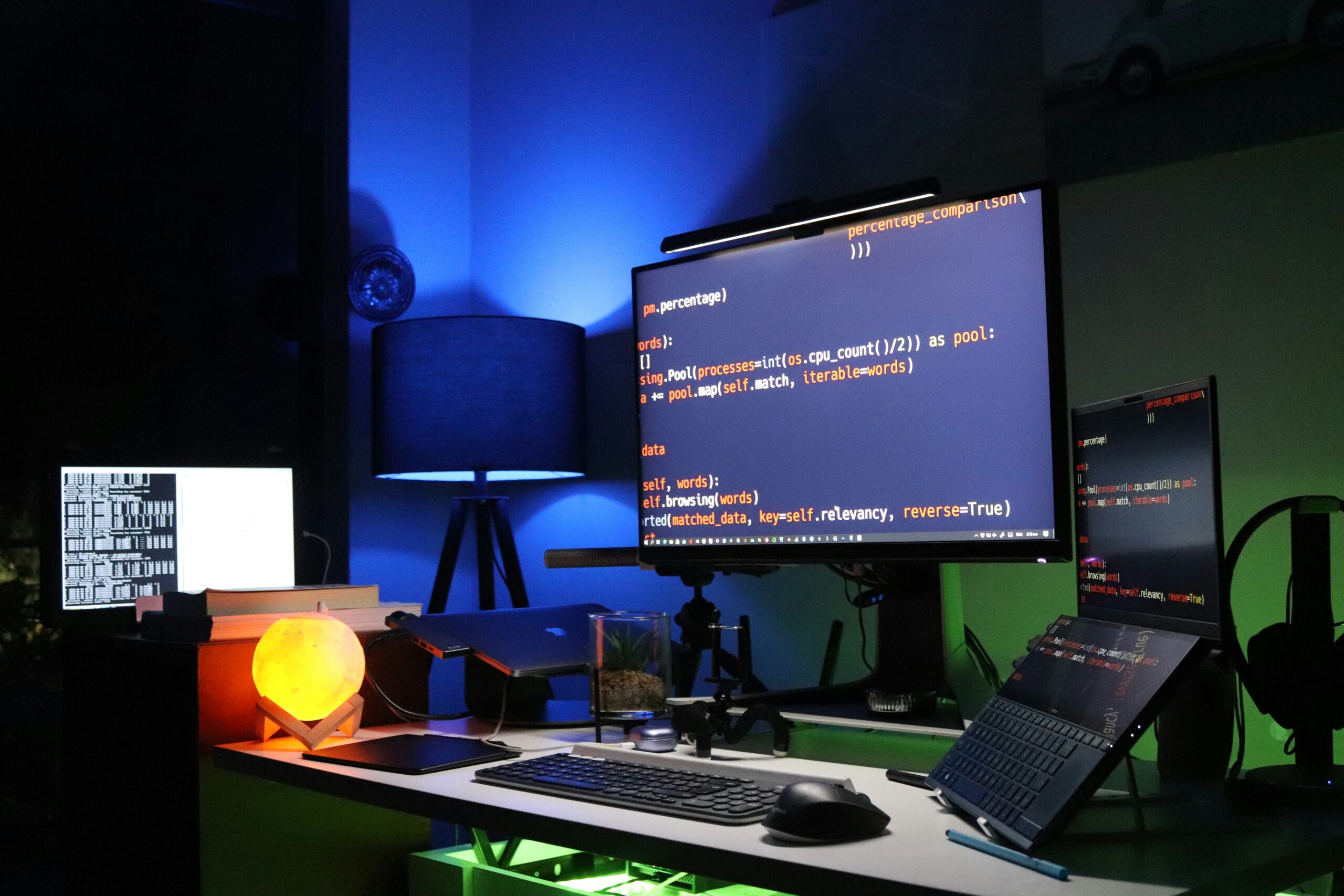Running LLMs locally comes down to VRAM capacity, period. A 70B model needs roughly 140GB just for the weights in 16-bit precision—try loading that on a gaming GPU with 12GB and you’ll be troubleshooting out-of-memory errors all day.
What matters: VRAM capacity (24GB minimum for real work), memory bandwidth (faster token generation), tensor cores (accelerate matrix math), and ECC memory (prevents corruption during long training runs). Professional cards cost more but handle 24/7 operation without throttling.
We’re looking at five workstation GPUs ranging from entry-level development to serious research deployment, focusing on what actually runs models instead of marketing specs.
Best GPU for LLMs: Quick Comparison
| GPU Model | VRAM | Memory Bandwidth | Tensor Cores | Price (Amazon) |
| NVIDIA RTX PRO 6000 Blackwell | 96GB DDR7 ECC | ~1.5TB/s | 5th Gen | $8999 – Buy Now |
| AMD Radeon Pro W7900 | 48GB GDDR6 | 864 GB/s | AI Accelerators | $3999 – Buy Now |
| NVIDIA Quadro RTX A5000 | 24GB GDDR6 | 768 GB/s | 3rd Gen | $2089 – Buy Now |
| NVIDIA RTX 2000 Ada | 16GB GDDR6 | 224 GB/s | 4th Gen | $689 – Buy Now |
| NVIDIA RTX A4000 | 16GB GDDR6 | 448 GB/s | 3rd Gen | $926 – Buy Now |
Best GPU for LLMs: Top Picks
NVIDIA RTX PRO 6000 Blackwell Professional Workstation Edition
Quick Highlights:
- 96GB DDR7 ECC memory—handles massive models
- 5th Gen Tensor Cores optimized for transformers
- Blackwell architecture with FP8 precision support
- Professional drivers with long-term stability
- Price – $8999 – Buy Now
The RTX PRO 6000 Blackwell is what you get when budget isn’t the constraint. That 96GB of ECC memory means you can actually load a full 70B model in 4-bit quantization with room to breathe, or comfortably run 30-40B models in FP16 without constant memory management headaches. The ECC protection matters more than people think—when you’re running a fine-tuning job that takes 18 hours, a single bit flip can corrupt the entire run. This card prevents that.
The 5th gen tensor cores bring real improvements for transformer operations, which is literally what LLMs are built on. The Blackwell architecture also adds better FP8 handling, which can double your throughput compared to FP16 when the model supports it. This isn’t a card for hobbyists—at $8,000+, you’re looking at research labs, AI companies running multi-user inference servers, or enterprises that need to fine-tune proprietary models without sending data to external APIs.
Pros
- 96GB handles 70B models with quantization comfortably
- ECC memory prevents corruption on long training runs
- Latest architecture with transformer optimizations
- Professional support and stable drivers
Cons
- Expensive as hell
- Overkill for anything under 30B parameters
- Power consumption needs proper PSU planning
AMD Radeon Pro W7900
Quick Highlights:
- 48GB GDDR6 memory for mid-to-large models
- 864 GB/s bandwidth with 61 TFLOPS compute
- DisplayPort 2.1 and AV1 encoding built-in
- 96 compute units at 295W TDP
- Price – $3999 – Buy Now
The W7900 is AMD’s answer to NVIDIA’s professional lineup, and that 48GB of VRAM puts it in an interesting spot. You can run 30B models in FP16 or push into 70B territory with aggressive quantization. The 864 GB/s memory bandwidth is solid—not quite matching the top NVIDIA cards, but enough to keep token generation responsive. AMD’s been pushing hard into AI workloads, and while their software stack isn’t as mature as CUDA, ROCm has gotten legitimately usable for LLM work.
The real question with AMD is software compatibility. If your workflow is built on PyTorch or Transformers libraries with good ROCm support, this card works fine. But if you’re dealing with custom CUDA kernels or tools that haven’t been ported, you’ll spend time fighting compatibility issues. The 295W TDP is manageable compared to some NVIDIA cards, and the included display outputs mean this can pull double duty as a workstation card for visualization work alongside AI tasks.
Pros
- 48GB handles 30-70B quantized models
- Strong compute performance (61 TFLOPS)
- Lower price than equivalent NVIDIA options
- Built-in display outputs for workstation use
Cons
- ROCm compatibility still lags behind CUDA
- Some AI frameworks don’t support AMD well
- Smaller community means fewer troubleshooting resources
- No tensor cores—relies on general compute
NVIDIA Quadro RTX A5000
Quick Highlights:
- 24GB GDDR6 memory—solid for mid-size models
- 768 GB/s bandwidth with 3rd Gen Tensor Cores
- 336 tensor cores for AI acceleration
- Proven architecture with broad software support
- Price – $2089 – Buy Now
The A5000 sits in that sweet spot where capability meets (relative) affordability. With 24GB, you’re looking at 13B models in FP16 comfortably, or 30B models with 4-bit quantization. The 768 GB/s bandwidth keeps inference feeling responsive, and the 3rd gen tensor cores, while not the latest, are mature and well-supported across all the major frameworks. This is the card a lot of ML engineers actually use for development and small-scale deployment.
What makes the A5000 practical is that it just works. CUDA support is universal, drivers are stable, and you won’t spend days troubleshooting weird memory issues. It handles fine-tuning 7-13B models without breaking a sweat, and inference on 30B quantized models is usable for development work. The power draw is reasonable, cooling is manageable, and you can actually find these cards in stock. Not exciting, but reliable—which matters when you’re trying to get work done instead of optimizing hardware.
Pros
- 24GB handles most development workflows
- Mature hardware with excellent software support
- Good balance of cost vs capability
- Available through normal channels
Cons
- 24GB becomes limiting for larger models
- 3rd gen tensor cores showing their age
- Price hasn’t dropped much despite newer cards
- Not enough for production-scale inference
NVIDIA RTX 2000 Ada Generation
Quick Highlights:
- 16GB GDDR6 memory—entry point for LLM work
- 4th Gen Tensor Cores in compact form
- 224 GB/s bandwidth keeps costs down
- 128-bit memory interface
- Price – $689 – Buy Now
The RTX 2000 Ada is the budget entry into serious LLM work, and that 16GB puts real constraints on what you can run. You’re looking at 7B models in FP16, maybe 13B with 8-bit quantization, and that’s about the ceiling. The 224 GB/s bandwidth is the bottleneck here—token generation on larger models feels sluggish compared to higher-end cards. But here’s the thing: at $600-800, this is what lets individuals actually experiment with LLMs without liquidating savings.
This card makes sense for specific use cases: testing quantized models before deploying them elsewhere, running inference on smaller models for development, or learning LLM workflows without enterprise budgets. The 4th gen tensor cores are current enough that you’re not fighting outdated architecture, and power consumption is low enough that you don’t need a specialized PSU. It’s not going to train 30B models or serve production inference, but it gets you into the game.
Pros
- Affordable entry point
- 16GB handles 7-13B quantized models
- Current architecture with 4th gen tensor cores
- Low power consumption for home setups
Cons
- 16GB severely limits model size options
- Low bandwidth makes larger models painful
- Only 128 tensor cores limits throughput
- Not viable for fine-tuning beyond small models
NVIDIA RTX A4000
Quick Highlights:
- 16GB GDDR6 with better bandwidth than RTX 2000
- 448 GB/s memory bandwidth—noticeable improvement
- 3rd Gen Tensor Cores (192 cores)
- Single-slot design fits more systems
- Price – $926 – Buy Now
The A4000 competes with the RTX 2000 Ada but comes from the previous generation with more bandwidth and tensor cores. That 448 GB/s makes a real difference in token generation speed compared to the RTX 2000’s 224 GB/s—you’ll feel it when running inference on 13B models. The 192 tensor cores (vs 128 on the RTX 2000) also help, though the older 3rd gen architecture means you’re missing some of the efficiency improvements in Ada.
Where the A4000 shines is development work on 7-13B models where you need decent inference speed but don’t have budget for 24GB+ cards. It handles quantized models better than the RTX 2000 thanks to that bandwidth advantage, and the single-slot design means it fits in more workstations without requiring case modifications. At less than $1000, it’s positioned awkwardly—more expensive than the RTX 2000 but not quite reaching A5000 capability. But if you’re stuck at 16GB budget-wise and need the extra bandwidth, it’s worth the premium.
Pros
- 448 GB/s bandwidth beats entry-level cards
- Single-slot design for compact builds
- 192 tensor cores help with throughput
- Better inference speed than RTX 2000
Cons
- Still limited to 16GB memory ceiling
- 3rd gen architecture is aging
- Awkward pricing vs newer alternatives
- Can’t handle models beyond 13B effectively
Conclusion
The GPU you need depends entirely on which models you’re actually running. For 70B models, you’re looking at the RTX PRO 6000 or dealing with multiple GPUs. The 30-40B range needs at least 48GB (W7900) or heavy quantization on 24GB cards (A5000). Most development work lives in the 7-13B space where 16GB cards (A4000, RTX 2000) are workable, and 24GB (A5000) is comfortable. Don’t buy more GPU than you need, but also don’t underestimate VRAM requirements—memory errors kill productivity faster than slower inference speeds.
Also Read:









